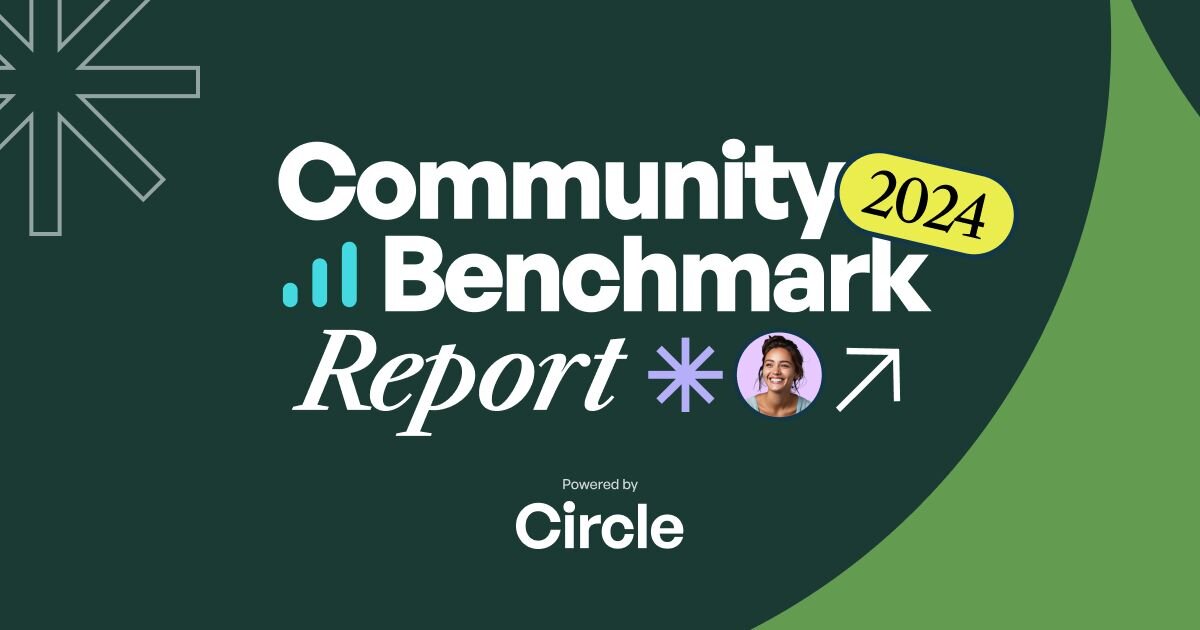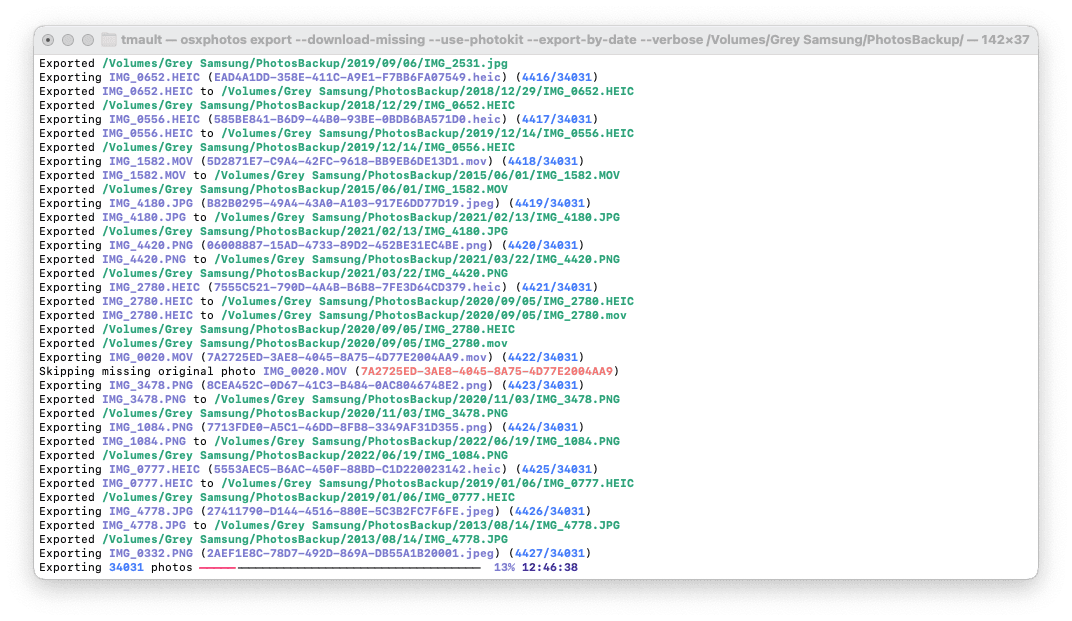What sets the best online communities apart?
Circle's 2024 community benchmark report identifies common factors amongst successful online communities, drawing on a survey of 682 professional creators, entrepreneurs, and influencers using Circle.so.
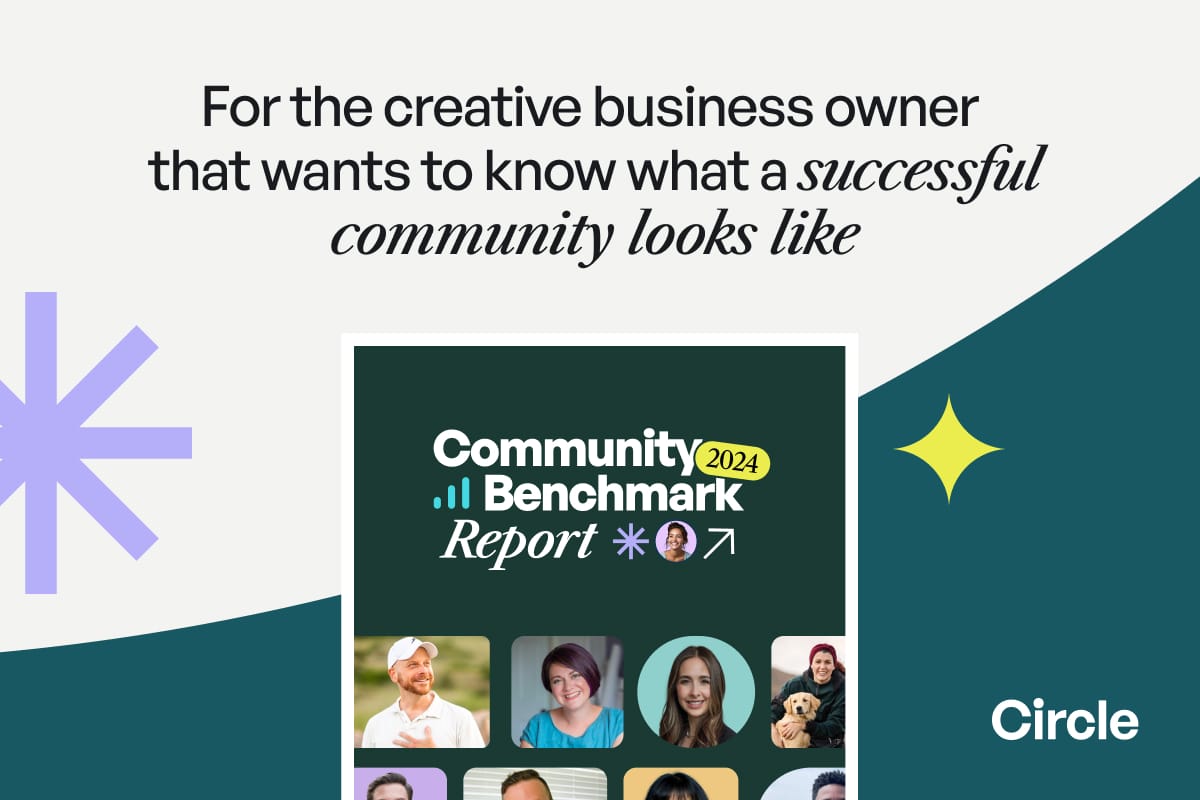
Circle have just published their 2024 community benchmark report. If you're a creator or entrepreneur running a community-based business.
The eighty-seven-page report is focused on a simple question - what sets the best online communities apart? This begs a natural follow-on question, what can you start doing to increase the performance of your community?
What's the underlying data source?
The report is based on insights from a survey of 682 professional creators, entrepreneurs, and influencers using Circle.so. They combined survey data with product usage data from their Circle communities to understand what makes communities tick, uncovering the drivers of long-term engagement, retention, and growth.
What core value offerings does the community model fit?
Over half of respondents to the survey identify as coaches or course creators, so it's not surprising to see that learning experiences are a big focus in the sample data. Over 25% of creators say that self-paced courses, bootcamps, and cohort-based learning form the prime value offering of their community.
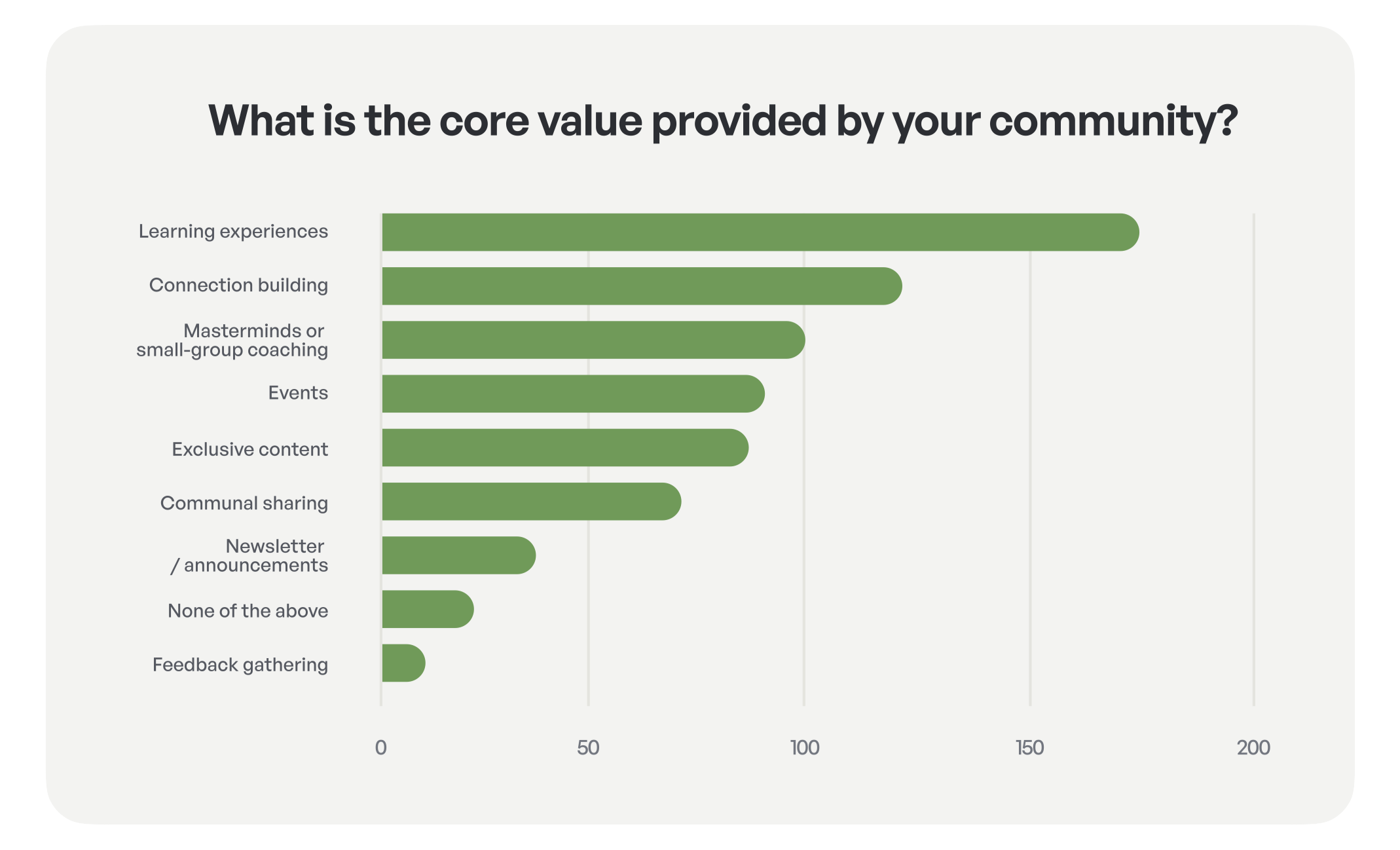
I thought it was interesting to see the next four themes are pretty balanced - offerings around building connections, small coaching-type offers, live events, and exclusive content like templates & playbooks. These are all slightly different reframes on what your primary source of community value is, but all of it can be built within Circle so easily, often without many other external tools.
Insights from the report
Half of the top 10% of communities don't spend any cash on new member acquisition at all. It is however common to have multiple channels of new customer acquisition including YouTube, email, and social media. When I think about Launch this makes sense - everything is a funnel towards key actions.
Every single one of the top 10% of communities regularly hosts events. Communities are not set and forget activities, they need constant nurturing.
Monetisation is a filter and signals value. Discounts aren't part of the user engagement plan. This is one of the re-engagement tactics that the top ten percent of communities don't use. It Building a signal that devalues the value of the community.
That last one hits home for a recent experience I had with Tiago Forte's Building a Second Brain (which is a fantastic course and book, both of which I would highly recommend).
After initially selling lifetime access to cohort-based courses, they switched their model to sell two products; an access anytime digital course, and a premium community product on top of this, full of events, regular weekly planning sessions etc.
I remember feeling irked that I didn't want to sign up & pay for the new membership model after buying a slightly different lifetime product.
Then something clicked - this is filtering for the right type of community member.
I didn't engage with the community enough to justify or find value from it. From one perspective, it was better for the community to filter me out, and not discounting & being clear about your value is one way to achieve this.
Tiago is a featured contributor in the report, and there are some really interesting insights, for example:
- Minimise the number of spaces - too many can be overwhelming. I can for sure relate to this. One of the limitations I typically find with Discord and Telegram-based communities is that keeping track of all the spaces and mentions just starts to feel a bit overwhelming.
- Encourage users to download the Circle mobile app. Behaviour is sticky, and getting the Circle app onto the users smartphone is an obvious way to keep the community 'closer' the the user. Love them or hate them, notifications drive engagement, in a way that hiding a community in a browser may keep a community 'out of sight and out of mind'.
- Take a robust approach to user onboarding. In line with best practices from other top ten percent creators, Tiago recommends a dedicated FAQ, along with community guidelines, and instructions for using Circle. This is particularly relevant if you think you might have a lot of users on Circle. For myself, after joining Nat Eliason's & Tiago Forte's community-based courses, the platform starts to feel intuitive and like a natural place for paid communities to be.
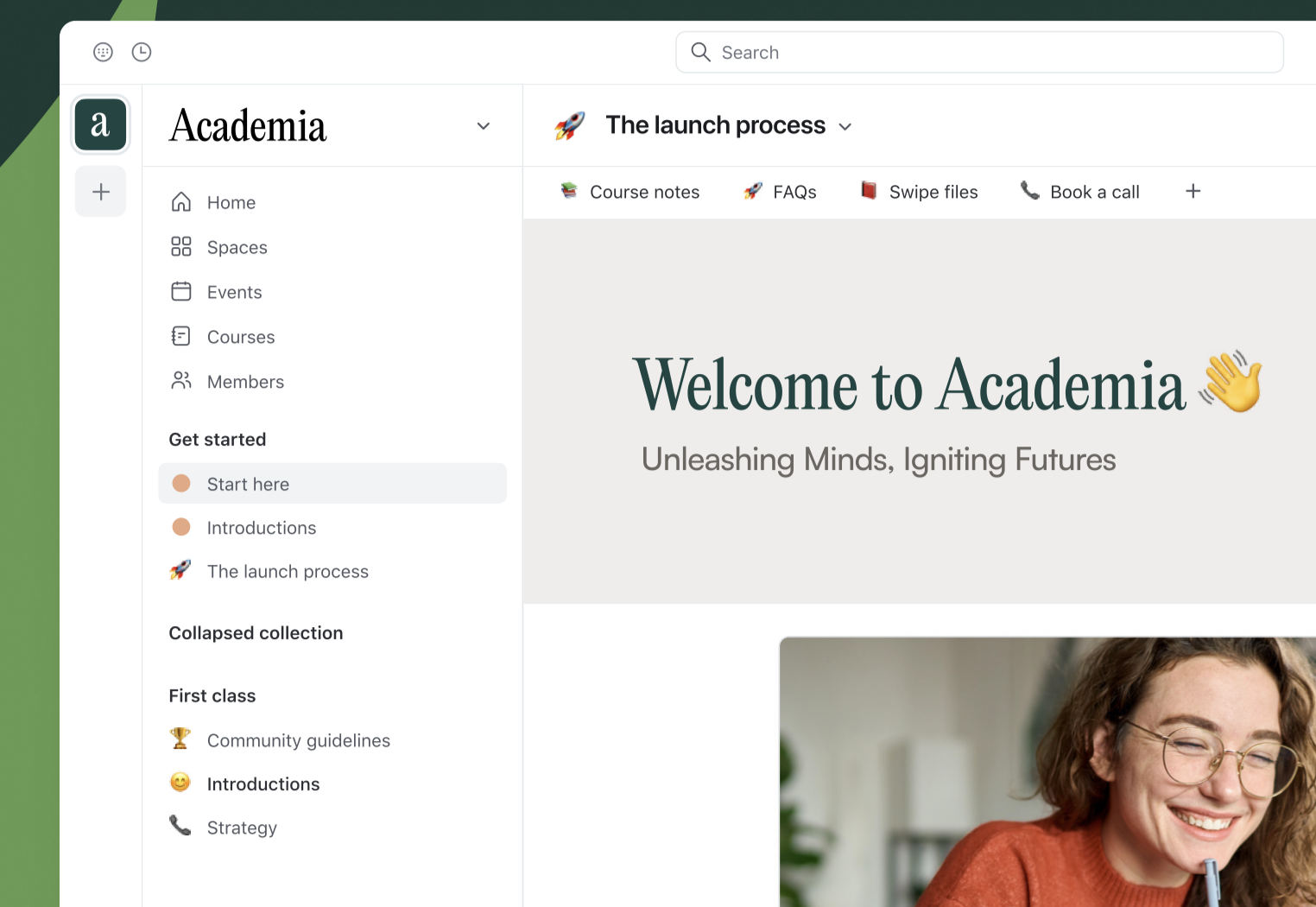
Access the report
The report is availble here at circle.so.

